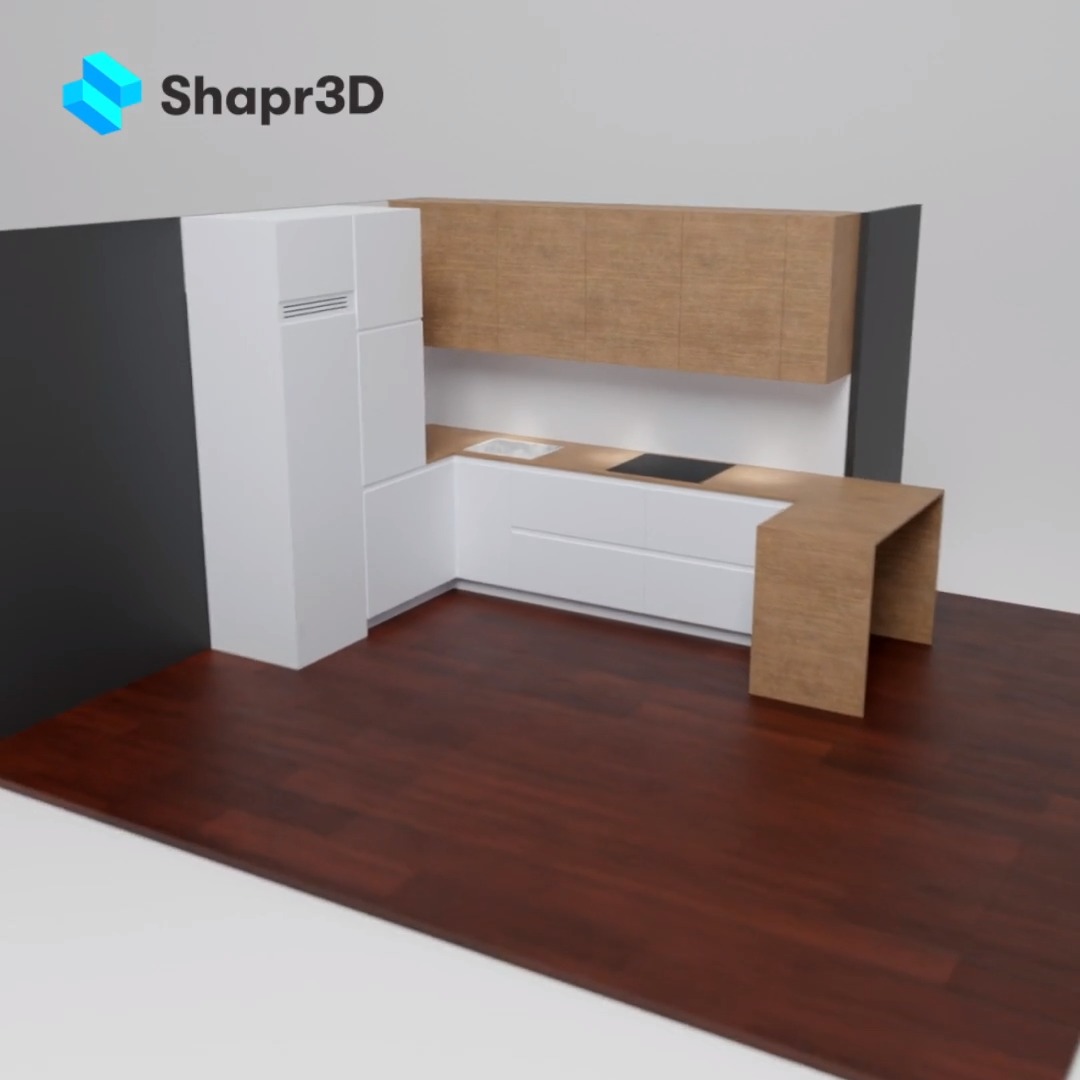
We’ll use Perpendicular to Face at Point.

To create the board on the opposite side without knowing the distance or doing any math, we can create a construction axis to reference.įrom the add menu, select the construction axis. Make sure to select both profiles, and Extrude back 22 inches. With the Line tool, we can sketch out the side board by tracing the existing geometry. We can use the Chamfer tool or simply shift-select both inner edges parallel to the Y-axis, and drag the arrow or type out half an inch.Īpplying this miter now will allow us to sketch on the front face. I’d like the top and bottom boards to join the side boards with mitered corners. That leaves us with a total distance of 4.5 inches since the transform icons are in the middle of the 3D body. We can quickly copy this by double-clicking to select it, select the copy badge, then move this up 4 inches. I’ll then extrude this to a depth of 22 inches. The width of the desk will be 52 inches, with a board thickness of half an inch. With a diagonal rectangle, I’ll sketch the front profile of the board. I’ll start by creating the main body of the desk, followed by the legs. We’ll look at using the Loft tool, Replace Face, and additional tips to quickly create multi-part models.


I’m Kevin Kennedy, and today we’ll design a modern wooden desk. Welcome to Day #8 of Learn Shapr3D in 10 Days for Beginners.


 0 kommentar(er)
0 kommentar(er)
